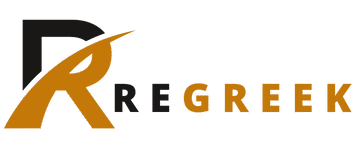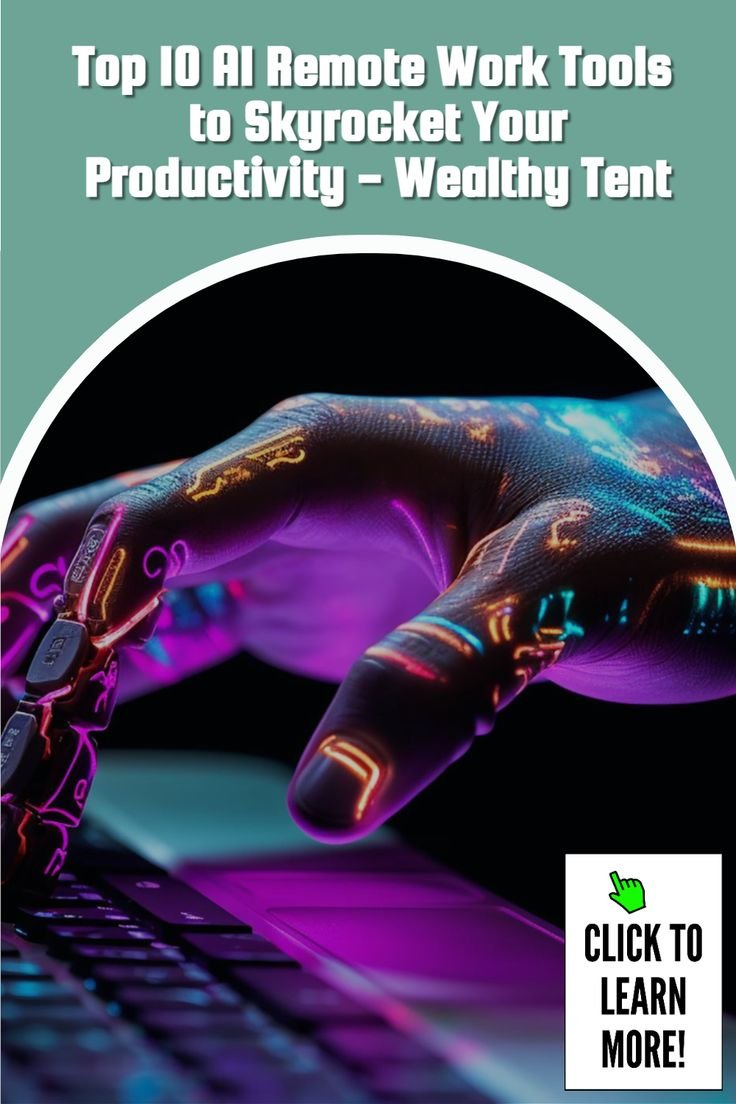The world of software evolves at a dizzying pace, with new tools and advancements reshaping how businesses and individuals operate. Staying informed about the latest software trends and tools is crucial for maintaining an edge. This guide provides insights into top tools, comprehensive reviews, and emerging trends to help you make smarter decisions in 2025 and beyond.
1. The Importance of Diverse Software Tools
Effective software solutions can streamline workflows, boost productivity, and enhance decision-making. However, choosing the right tools requires a strategic approach. Here’s why diversity matters:
- Customization: No single tool fits every need; combining the right mix of software ensures tailored solutions for unique challenges.
- Scalability: Tools with diverse functionalities allow organizations to expand capacity without overhauling their entire tech stack.
- Competitive Edge: Adopting modern solutions enables faster deployment, better analytics, and improved user experiences.
Whether you’re looking for productivity software, project management platforms, or AI-enhanced analytics, alignment with your specific needs is key.
2. Top Tools to Watch in 2025
Project Management Platforms
Efficient project tracking and communication are essential for team success. Here are standout project management tools dominating the landscape this year:
- Monday.com
Known for its user-friendly interface, Monday.com supports task delegation, budget management, and progress tracking on one highly customizable dashboard.
- ClickUp
This versatile tool integrates seamlessly with apps like Slack and Google Drive, making it a favorite for collaborative teams managing complex workflows.
- Notion
Combining notes, databases, and project boards, Notion shines as an all-in-one workspace solution.
Collaboration & Communication Tools
Hybrid work models have made collaboration software more important than ever. Consider these market leaders in 2025:
- Microsoft Teams
It goes beyond typical video conferencing by integrating productivity tools like Outlook and OneDrive. AI updates have introduced automatic transcription and sentiment analysis for meetings.
- Slack
Slack remains indispensable for customizable communication channels that integrate with your broader ecosystem of software.
AI-Powered Analytics
AI-driven insights are now a business necessity rather than an advantage. Tools like these lead the charge in 2025:
- Tableau
Advanced visualization features make data interpretation easier while machine learning integrations suggest actionable insights.
- Power BI
Microsoft’s analytics tool converts raw data into interactive dashboards and cohesive reports in real time.
By integrating any of these tools into your workflow, you can improve efficiency while leveraging robust analytics to drive informed decisions.
3. Best Software Practices for Your Needs
Selecting software isn’t just about feature lists. Consider these steps to maximize value from any tool you deploy.
Prioritize Customizability
Off-the-shelf tools can be limiting. Opt for platforms that provide robust APIs, integrations, and scalability options tailored to your organization’s growth.
Vet Security Protocols
Ensure tools comply with the latest security standards (e.g., GDPR or ISO 27001). This is particularly important for cloud-based or collaborative platforms.
Utilize Free Trials
Leverage free demo periods to assess usability and ensure functionality aligns with operational goals. Open feedback from users across teams can also improve the selection process.
4. Key Software Trends for 2025
More than just new tools, overarching trends are influencing both market offerings and user behaviors. Here’s what’s shaping modern software development and adoption in 2025.
Expansion of Artificial Intelligence (AI)
Practical applications of AI have expanded significantly. Expect more tools offering personalized recommendations, predictive analytics, and advanced automation. SaaS platforms are embedding AI for tasks like fraud detection, operational forecasting, and customer sentiment analysis.
Rise of Low-Code/No-Code Platforms
Tools like Bubble, Zapier, and Airtable allow users without technical expertise to develop workflows, applications, and automations. This democratization of software development reduces dependence on IT personnel.
Focus on Sustainable Technology
With heightened awareness of environmental impact, software developers are adopting greener, more energy-efficient practices. Expect widespread use of environmental tracking integrations within software stacks.
Cybersecurity and Zero Trust Solutions
Given the rise in data breaches, robust verification protocols are now standard for modern software. Tools emphasizing secure login and real-time monitoring of user behavior are essential moving forward.
5. Practical Tips for Software Implementation
When rolling out new tools, preparation is critical to avoid common pitfalls. Follow these steps to ensure successful deployment.
Conduct Stakeholder Evaluations
Before selecting a new tool, involve relevant department heads and key decision-makers to align priorities and expectations.
Start Small
Pilot new software on a smaller scale before a full rollout. This lets you identify technical or process gaps early without major disruptions.
Provide Tailored Training
Invest in comprehensive training sessions directed at individual teams. This encourages quicker adoption and deeper understanding of the tool’s features.
Optimize Integrations
Ensure the software seamlessly integrates with your existing systems. Disjointed tools reduce efficiency and frustrate employees.
6. Reviews and Feedback from Experts
Better software decisions are made with insights from professionals already using these tools. Regularly consult software review boards and platforms like G2 or TrustRadius. They provide in-depth discussions and firsthand feedback useful in evaluating tools by sector or scale.
Additionally, industry-specific communities on LinkedIn or Reddit often discuss trends and best practices for software in emerging areas. Keeping an ear to the ground ensures well-informed decision-making.
7. Staying Ahead in a Dynamic Software Ecosystem
Maintaining relevance in software trends means more than adopting the latest tool. It requires a proactive approach to learning and flexibility in adapting to innovative practices. Build a routine of following industry blogs, attending relevant webinars, and engaging with whitepapers and case studies.
Take the Leap with ReGreek Insights
Arming yourself with the right tools, an informed selection strategy, and a trend-forward mindset positions you for success in today’s competitive software landscape. Whether you need tools for streamlining internal processes, leveraging next-gen analytics, or enhancing team collaboration, evaluating your specific goals will ensure smarter investments.



